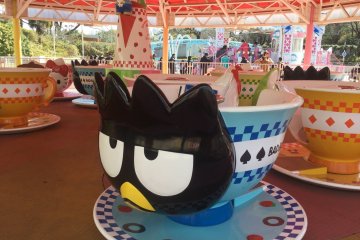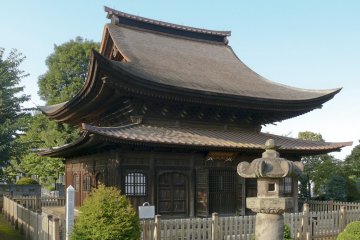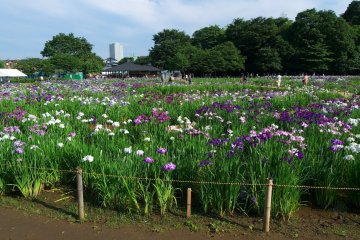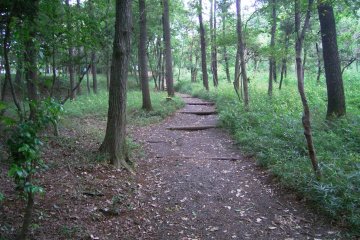Overview
Tokyo's Higashimurayama City, located in the northeast area of the Tama region, is a bastion of the nation's history. The city is full of surprises like Tokyo's oldest structure, a massive iris garden, natural green spaces that are home to some of Japan's most influential battle sites as well as a a folk museum celebrating the city's historical transport role.
Shofukuji Temple
Thought to be the oldest structure in Tokyo, Shofukuji Temple is a model example of Kamakura Period architecture. Its 15th century Jizo hall has been listed as a National Treasure of Japan. The collection of Edo period jizo doll statues can be viewed by the public only once a year during the Jizo Festival in November.
A 10-minute walk from Higashimurayama Station on the Seibu-Shinjuku Line.
Kitayama Park
Surrounded by lush greenery and flowing water, the most popular time to visit Kitayama Park is in early summer when the raised walking trails thread their way through 100,000 blooming irises. Bird watchers will love that the park is also home to many birds who gather at its ponds.
A 13-minute walk from the West Exit of Higashimurayama Station on the Seibu-Shinjuku Line.
Higashimurayama City Folk Museum
Intimately connected with the old highways connecting regional areas of Japan, the Higashimurayama City Folk Museum was set up in 1996 to explore this road theme. The museum features pottery, stone tools, old documents, folk craft and other results of extensive excavations in the area.
A 10-minute walk from the West Exit of Higashimurayama Station on the Seibu-Shinjuku Line.
Hachikokuyama
A designated natural setting, Hachikokuyama is home to parts of the old Tosando Highway leading deep into the northern Tohoku region, the Jomon period archaeological site, Shimoyakebe and memorials to battles that ended the Kamakura Shogunate. It's also famous for its influence on the Ghibli Studios film, Tonari no Totoro.
A 5-minute walk from the North Exit Seibuen Station on the Seibu-en Line.









